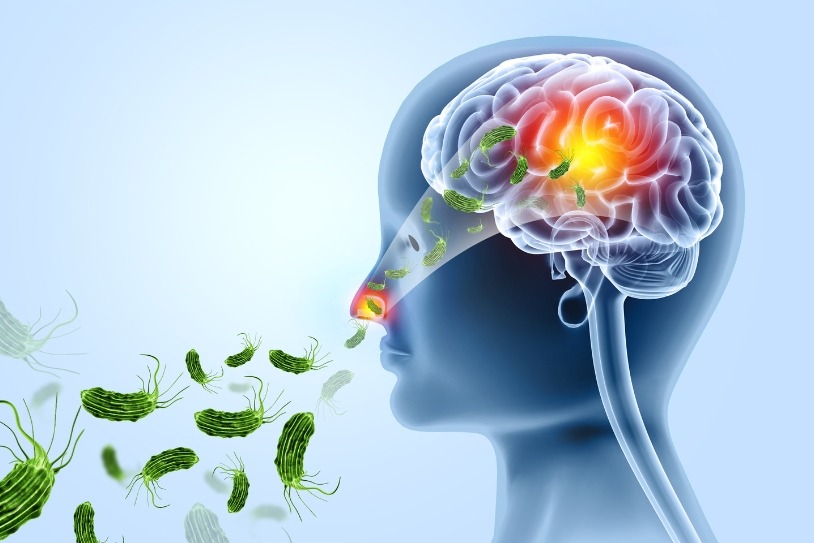What Is Brain-eating Amoeba?
Naegleria fowleri also known as the brain-eating amoeba is an organism that inhabits warm, shallow freshwater bodies worldwide, including rivers, lakes, and hot springs. This amoeba can thrive in soil as well. As it can survive and thrive independently without a host, it is considered a free-living organism. The disease known as primary amoebic meningoencephalitis (PAM) affects those who are afflicted by this amoeba. PAM is a very dangerous central nervous system infection that can be lethal if left untreated.How Can Naegleria Fowleri Cause Infection?
Naegleria fowleri can infect people, especially young children, through the following ways:- Waterborne Transmission: Typically, infection occurs when contaminated water containing Naegleria fowleri enters the body through the nose. This can happen during activities such as swimming in freshwater lakes, rivers, or hot springs or using contaminated tap water for cleaning nasal passages.
- Primary Amoebic Meningoencephalitis (PAM): Once inhaled through the nose, Naegleria fowleri can travel to the brain, causing a rare but often fatal condition known as primary amebic meningoencephalitis (PAM).
Symptoms Of Brain-eating Amoeba
Around five days after infection, Primary Amoebic Meningoencephalitis' (PAM) initial symptoms usually appear. However, they may begin as soon as one day or as late as twelve days post-infection. Early signs of PAM include:- Fever
- Nausea
- Vomiting
- Headache
- Hallucinations
- Stiff neck
- Fatigue
- Epilepsy
- Coma
Understanding The Brain-eating Amoeba Treatment
Brain swelling and tissue destruction are two effects of Naegleria fowleri. Tragically, this infection has claimed the lives of over 97% of PAM patients. Experts have found it challenging to design the brain-eating amoeba treatment since PAM advances swiftly. However, certain medications are currently used to treat PAM, such as:- Amphotericin B
- Azithromycin
- Fluconazole
- Rifampin
- Dexamethasone
- Miltefosine
Preventive Measures
Given the dire outlook for this condition, prevention remains crucial despite its rarity. Here are key points to remember:- Use nasal plugs when swimming, wading, or participating in water sports in warm freshwater areas, particularly still waters.
- In case Naegleria fowleri is detected or suspected to be present, avoid entering the water.
- Never clean your nasal passages with tap water. Use sterile or distilled water only. In case you have to use tap water, ensure that you boil it for a minute and then allow it to cool down.
- You should contact your healthcare provider immediately in case you experience a headache or fever after entering warm freshwater.
Final Takeaway
Learning about a condition caused by a brain-eating amoeba and understanding its potential danger can be frightening. If you suspect you have been exposed to the amoeba, seek medical assistance immediately. It's crucial to note, however, that this condition is extremely rare. Taking precautions such as using only distilled or sterilized water for nasal rinsing and avoiding potentially contaminated water, especially in warmer climates, can help prevent infection.FAQs
- Is there any cure for brain-eating amoeba?
- Is it possible for me to contract brain-eating amoeba (Naegleria fowleri) by interacting with an infected person?
